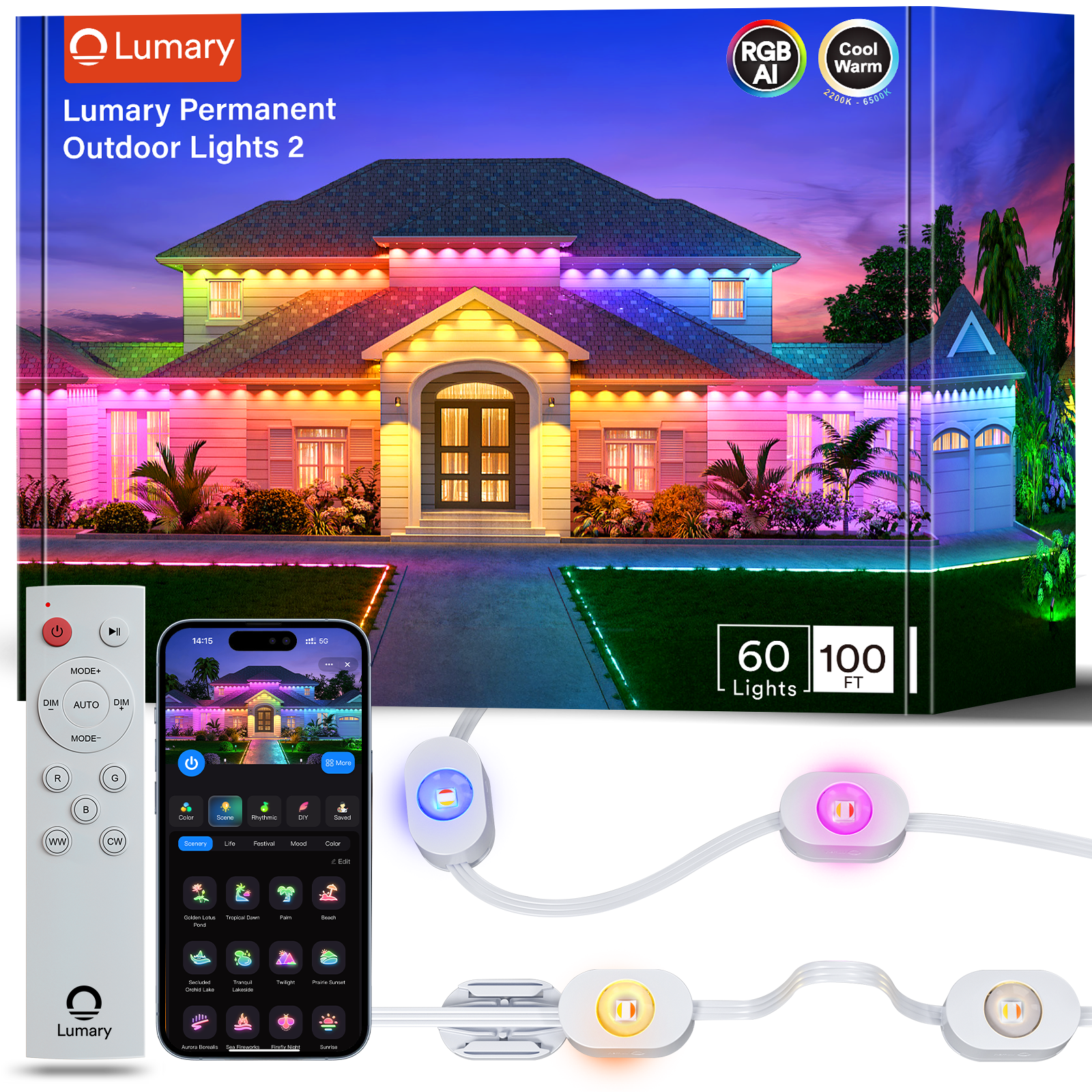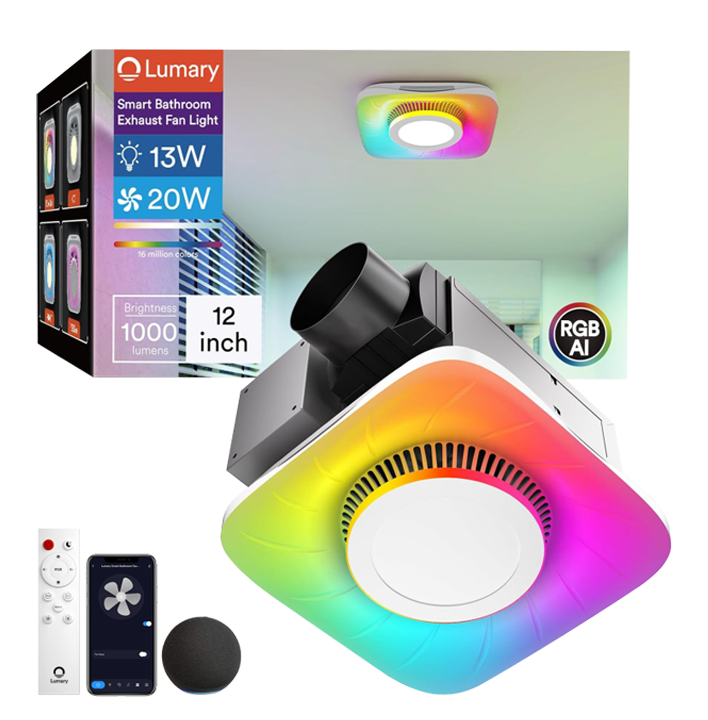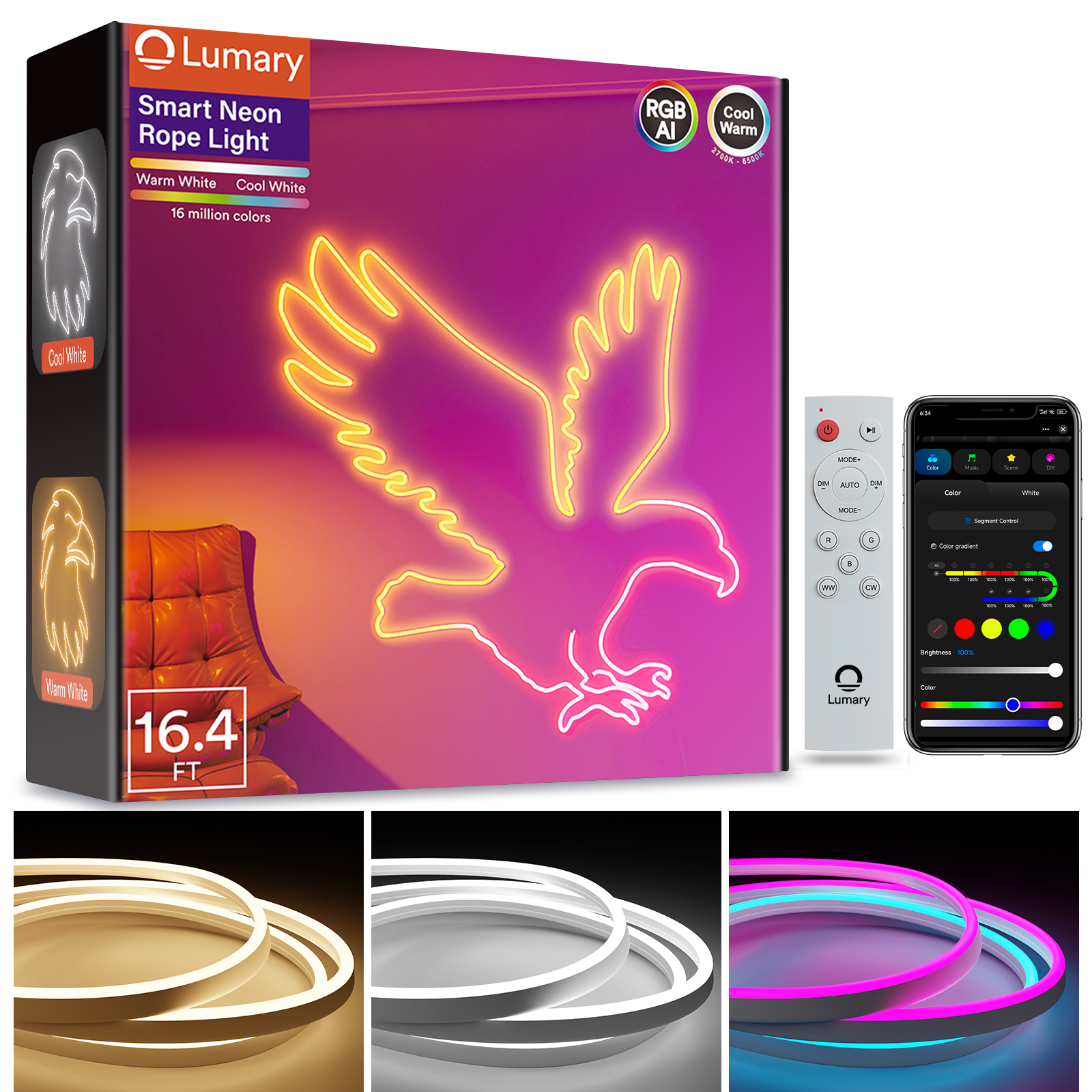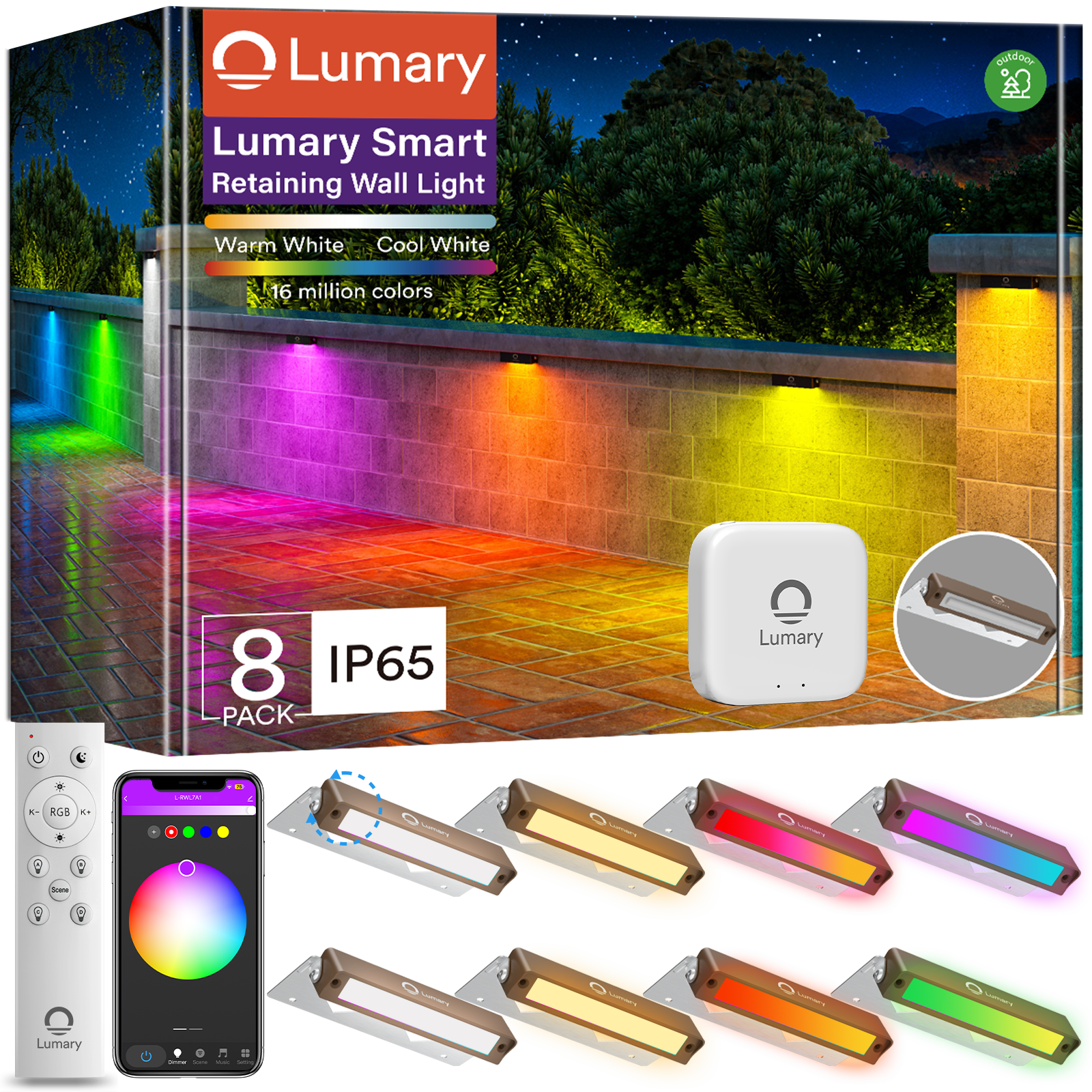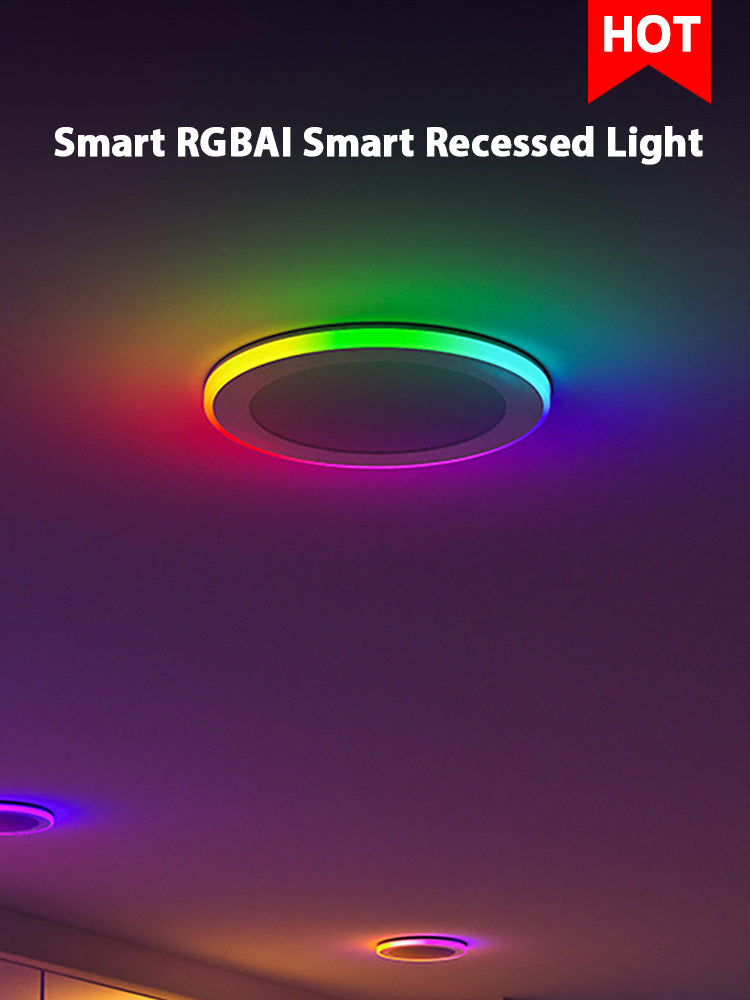Outdoor path lights do more than light up your yard. They make your space safer and more welcoming. Imagine walking on a dark garden path or driveway. Without good lighting, you could trip or miss a step. Path lights help you see clearly and avoid accidents. They also give you peace of mind.
Safety isn’t the only benefit. These lights make outdoor spaces look beautiful and bright. Studies show that good lighting encourages people to spend more time outside. This can build pride in your community. Even lighting creates a balanced and nice-looking atmosphere. Whether for a relaxing evening walk or showing off your yard, good lighting matters.

Benefits of Outdoor Path Lights
Safety and Accident Prevention
Pathway lights help keep you and your family safe. Imagine walking on a dark path or driveway. Without enough light, you could trip or miss a step. These lights make it easier to see and avoid accidents.
Guests can also move around your yard safely with good lighting. Whether it's a party or a quiet evening, safety makes everyone feel relaxed. Pathway lights let you use your outdoor spaces even after dark.
Tip: Put pathway lights near walkways, stairs, and busy areas for better safety.
Security and Intruder Deterrence
Outdoor lights don’t just look nice—they help keep your home secure. Bright pathway lights remove dark spots where intruders might hide. Well-placed lights show your home is cared for and watched over.
These lights also make you feel safer at night. When you come home late, a lit path helps you see clearly. This extra light makes your home feel welcoming and secure.
Did you know? Homes with outdoor lights, like pathway lights, are less likely to be targeted by burglars. Lighting shows your property is protected.
Visual Appeal and Ambiance
Pathway lights do more than improve safety—they make your yard look amazing. Pretty lights create a cozy and inviting feel, making your yard part of your home. Whether you’re hosting friends or relaxing outside, pathway lights make the space better.
Adding outdoor lights can change how your yard looks completely. Pathway lights show off plants, add depth, and make your yard look stunning. Homes with nice lighting often sell faster and for more money.
-
How pathway lights improve your yard:
-
They make walking at night safer and easier.
-
They create a warm and relaxing atmosphere.
-
They make your home look great and stand out.
-
Pathway lights mix beauty with usefulness, turning your yard into a special place.
Property Value Enhancement
Did you know outdoor path lights can raise your home’s value? It’s true! These lights don’t just make your yard look nice—they also increase what your property is worth. When buyers see a bright, well-lit yard, they picture themselves enjoying it. That’s great for you!
Here’s how pathway lights can boost your property value:
-
Curb Appeal: First impressions count. A home with glowing paths looks neat and welcoming. Buyers love homes that feel friendly right away.
-
Functional Outdoor Spaces: Path lights let you use your yard at night. Buyers see this as a bonus, especially if they like hosting or relaxing outside.
-
Safety Features: Homes with good lighting feel safer. Buyers value the security and accident prevention pathway lights offer.
Pro Tip: Pick solar or LED lights to save energy. These options attract eco-friendly buyers and lower electricity costs.
Picture walking through your yard at night. The lights show off your landscaping and guide your steps. Buyers notice these touches. They see the effort you’ve put into your home, making it stand out.
|
Feature |
How It Adds Value |
|---|---|
|
Curb Appeal |
Makes the home look polished and inviting. |
|
Usable Outdoor Space |
Adds nighttime functionality to the yard. |
|
Safety and Security |
Gives buyers peace of mind. |
Adding pathway lights isn’t just about looks. It’s a smart way to invest in your home’s future. Lighting up your yard improves your life and raises your home’s worth. Why wait? Start planning your lighting project today!
Types of Pathway Lights

Solar Pathway Lights
Solar lights are great for saving money and helping the planet. They use sunlight to charge during the day and light up at night. You don’t need wires or to pay for electricity. Just push them into the ground where they get sunlight.
Solar lights work well in many places. Use them on garden paths, driveways, or near plants. They’re handy where electrical wires aren’t easy to use. They also come in different styles to match your taste.
Tip: Place solar lights where they get 6-8 hours of sunlight daily. This keeps them shining all night.
LED Pathway Lights
LED lights are popular because they save energy and last long. They use less power than regular bulbs, cutting electricity costs. LEDs don’t get hot, so they’re safe near plants and outdoor items.
Why choose LED lights?
-
They last longer than regular bulbs, saving money on replacements.
-
They come in different colors and brightness for the perfect look.
-
They’re tough and can handle rain and wind.
LED lights are a smart choice for bright, reliable, and stylish lighting. They make outdoor spaces safer and prettier.
Low-Voltage Pathway Lights
Low-voltage lights are a mix of brightness and energy savings. They use a transformer to lower voltage, making them safer and cheaper to run. You can install them yourself without hiring help.
|
Feature |
Low-Voltage Pathway Lights |
Regular Lighting Options |
|---|---|---|
|
Energy Use |
Uses 75% less energy with LEDs |
Higher energy use |
|
Installation |
Easy for DIY, safe to set up |
Often needs professional help |
Low-voltage lights are great for paths, driveways, and gardens. They give steady light without being too bright, creating a cozy feel. If you want practical and stylish lighting, these are a great pick.
Battery-Powered Pathway Lights
Battery-powered lights are easy to use and very flexible. They don’t need wires or outlets, so you can place them anywhere. Use them on garden paths, driveways, or patios. They’re simple to install and move around.
Why pick battery-powered lights? They’re dependable and have helpful features:
-
Long-lasting batteries: Some, like TOOWELL lights, work for 180 days before needing new batteries.
-
Motion sensors: These sensors notice movement, saving energy and adding security.
-
Remote control: Change settings without touching or moving the lights.
-
Weatherproof design: With IP65 waterproofing, they handle rain, snow, and heat easily.
-
Customizable beam angles: Adjust the light to cover your space perfectly.
Tip: Use battery-powered lights in places where wiring is hard, like far garden corners or temporary setups.
These lights are great for renters or anyone wanting simple lighting. You don’t need to dig or hire an electrician. Just set them up, and they’re ready to use.
Smart Pathway Lights
Smart pathway lights bring cool technology to outdoor lighting. They’re more than lights—they make your yard safer, stylish, and energy-efficient. These lights connect to Wi-Fi or smart hubs, letting you control them with your phone or voice.
What makes smart lights special?
|
Feature |
Description |
|---|---|
|
Clean appearance |
No wires showing for a neat look |
|
Year-round operation |
No need to remove or reinstall seasonally |
|
Weather-resistant construction |
Built to last through all weather |
|
Energy-efficient LED technology |
Uses less power than regular bulbs |
|
Color-changing capabilities |
Pick colors to match your mood or style |
Smart lights don’t just look nice—they save energy too. Many homeowners cut energy bills by 60-70% with smart LEDs. These lights also boost security. Better lighting can lower break-in chances by up to 39%.
Pro Tip: Use color-changing smart lights to match your mood or highlight plants.
Imagine controlling your outdoor lights from your couch or setting them to turn on at sunset. Smart pathway lights make your yard safer, greener, and more attractive.
Placement Strategies for Pathway Lighting
Walkways and Garden Paths
Pathway lights make walkways and garden paths safe and pretty. Guests feel welcome and secure when lights guide their way. Here’s how to place them:
-
Put lights along walkway edges to help people see better.
-
Shine lights on flowers, bushes, or trees to show off your garden.
-
Add lights near steps or slopes to stop trips and falls.
-
Place lights at doors to make your home look friendly and easy to find.
Smart light placement makes paths useful and beautiful. It helps people see clearly and turns your garden into a glowing space at night.
Tip: Solar or low-voltage lights save energy and give soft light.
Driveways and Parking Areas
Driveway lights keep cars and people safe. They make moving around easier and safer. Use these ideas for great driveway lighting:
-
Set lights to brighten the driveway without hurting drivers’ eyes.
-
Add motion sensors or timers to turn lights on automatically.
-
Pick wired LED lights for steady brightness and easy control.
-
Hire experts for wiring jobs to ensure safe installation.
-
Check lights often to keep them working well and safely.
Driveway lights improve safety and make your home look neat. Good placement makes your driveway both useful and stylish.
Pro Tip: Lights along driveway edges create clear paths for cars.
Steps and Staircases
Steps and stairs need lights to prevent accidents. Lighting here is about safety first, but it can look nice too. Try these tips:
-
Put lights on both sides of steps to brighten them evenly.
-
Use small or hidden lights to avoid glare and keep things tidy.
-
Light up step edges to make them easy to see and safer.
-
Choose strong, weatherproof lights for outdoor use.
Bright steps stop falls and add charm to your yard. They connect different levels of your space, making it safer and more attractive.
Note: LED strip lights under steps look modern and light up evenly.
Entrances and Doorways
Lighting entrances and doorways is a smart way to improve safety and style. Bright entrances welcome guests and keep intruders away. Place pathway lights carefully to make these areas safer and more inviting.
Why entrance lighting matters:
-
It makes your home easy to find for visitors.
-
It removes dark spots where intruders could hide.
-
It helps you unlock doors without struggling in the dark.
For extra security, use motion-sensor or timed lights. These lights turn on when someone comes near, showing your home is watched. Solar-powered lights are also great. They save energy and work even if you’re not home.
Tip: Put lights on both sides of the doorway or above it for even brightness.
Entrance lighting doesn’t just protect—it adds beauty to your home. The right lights create a cozy and welcoming feel that matches the rest of your outdoor space.
Landscaping Focal Points
Pathway lights aren’t just useful—they can make your yard look amazing at night. Use them to highlight special parts of your landscaping, like flower beds or fountains.
Think about what you want to show off in your yard. Is it a tree, a garden, or a statue? Pathway lights can make these features stand out after dark. They also guide people safely through your yard while making it look great.
How pathway lights improve landscaping:
-
They let you enjoy your yard at night for parties or relaxing.
-
They brighten paths and gardens, adding depth to your yard.
-
They tie together different parts of your landscape design.
Pro Tip: Pick lights with adjustable angles to shine on special features, like plants or statues.
Plan where to put your pathway lights to match your landscaping. A well-lit yard is not just safe—it’s a place you’ll be proud to show others.
How to Install Pathway Lights
Preparing the Area
Before setting up pathway lights, get the area ready. Planning ahead makes the job easier and better. Follow these steps:
-
Know your lighting plan: Decide how you want your yard to look at night. Pick spots like walkways, trees, or flower beds to highlight. Spread out the lights to avoid too much brightness or darkness.
-
Pick the right lights: Different places need different types of lights. Low-voltage lights work well for paths, while solar lights are great for saving energy.
-
Clean the area: Remove rocks, leaves, or anything that could block the light or make installation hard. A clean space helps lights stay secure and work well.
-
Mark the spots: Use small flags or stakes to show where each light will go. This helps you see the layout and make changes before digging or wiring.
Tip: Focus on safety and energy savings. Lighting paths, steps, and entrances well keeps people safe and saves power.
Preparing the area carefully makes installation easier and gives you a well-lit yard.
Selecting a Power Source
Choosing the right power source is important for your pathway lights. It affects how they work and how easy they are to maintain. Here are the main options:
-
Solar Power:
Solar lights are simple to set up. They charge during the day and light up at night. No wires are needed, so they’re great for places far from outlets. But they need lots of sunlight to work well.Pro Tip: Place solar lights where they get 6-8 hours of sunlight daily for best results.
-
Low-Voltage Systems:
Low-voltage lights are safe and energy-saving. They use a transformer to lower voltage, giving steady brightness. These lights are easy to control and popular for pathways. -
Battery-Powered Lights:
Battery-powered lights are flexible. You can put them anywhere without worrying about wires or outlets. Many have motion sensors or remotes for extra convenience. -
Hardwired Systems:
Hardwired lights are permanent and reliable. They need professional installation but offer the best control and durability.
Note: Think about your yard’s layout and budget when picking a power source. Solar and battery lights cost less, while low-voltage and hardwired systems offer more options.
Choosing the right power source helps your pathway lights work well and fit your needs.
Spacing and Positioning
Spacing and positioning are key to making your outdoor space safe and nice-looking. Here’s how to do it:
-
Use the “6-8 feet” rule: Place lights about 6 to 8 feet apart. This gives enough light without making the area too bright or crowded.
-
Alternate sides: Don’t put lights in a straight line. Switch sides of the path for a balanced look.
-
Light important spots: Focus on curves, intersections, and steps. These areas need extra light for safety and style.
-
Avoid harsh light: Aim lights downward or at an angle to prevent glare. This keeps the lighting soft and pleasant.
-
Test the setup: Place lights temporarily and turn them on at night. Walk around to check the lighting and make changes if needed.
Tip: Use lights with adjustable angles to highlight plants or statues.
Good spacing and positioning make pathway lights useful and attractive. They guide your steps and add charm to your yard.
Wiring and Connections
Wiring your outdoor path lights might sound tricky, but with the right steps, it’s a straightforward process. Here’s how you can do it:
-
Run the low-voltage cable from the transformer to the first light fixture. Leave some slack in the cable to make connections easier.
-
Lay out the cable along the planned path. Avoid pulling it too tight, and dig a shallow trench (about 2–3 inches deep) to bury the cable for a clean look.
-
Connect the fixtures using connectors that pierce the cable. These connectors ensure a secure and reliable connection.
-
Test each fixture after connecting it to the cable. This step helps you confirm that everything is working before you move on.
-
Adjust and secure the fixtures in the ground. Make sure they’re straight and firmly anchored to avoid shifting over time.
-
Make final adjustments at dusk. This is the best time to see how the lights look and optimize their placement for the perfect effect.
Pro Tip: Use a transformer with the right wattage for your setup. For example, a 150W transformer with a 16-gauge cable works well for up to 100 feet of wiring. If your layout is longer, consider upgrading to a 200W or 300W transformer with thicker cables.
|
Transformer Wattage |
Max. Cable Length (FT) |
|---|---|
|
150W with 16 Gauge Cable |
100 |
|
200W with 14 Gauge Cable |
125 |
|
300W with 12 Gauge Cable |
150 |
Taking the time to plan and execute your wiring properly ensures your lights will work efficiently and last longer. Plus, a neat and secure setup keeps your yard looking polished.
Testing and Adjustments
Once your lights are wired and in place, it’s time to test and fine-tune them. This step ensures your lighting looks great and works perfectly. Follow these tips to get it right:
-
Turn on the system: Power up your transformer and check if all the lights are working. If any lights are dim or flickering, inspect the connections and ensure the transformer can handle the total wattage.
-
Check voltage levels: Use a voltmeter to measure the voltage at each fixture. Aim for a range of 10–12 volts for consistent brightness.
-
Inspect for loose connections: If a light isn’t working, double-check the connectors. A secure connection is key to avoiding issues.
-
Adjust the angles: At dusk, walk around your yard and see how the lights illuminate the space. Tilt or reposition fixtures to highlight paths, plants, or other features.
-
Test motion sensors or timers: If your lights have these features, make sure they activate as expected. Adjust the settings for sensitivity and timing if needed.
|
Category |
Details |
|---|---|
|
Troubleshooting Tips |
- Check for loose connections or voltage drops if lights flicker or are dim. |
|
|
- Ensure the transformer is correctly sized for total wattage. |
|
|
- Use a voltmeter to check voltage at each fixture, aiming for 10–12 volts. |
|
DIY Installation Guide |
- Tools needed: path light fixtures, low-voltage transformer, low-voltage cable, etc. |
|
|
- Steps include planning layout, installing transformer, laying cable, and testing system. |
Note: If you notice uneven lighting, try repositioning the fixtures or adjusting the spacing. Small tweaks can make a big difference in the overall look.
Testing and adjustments are the final steps to perfecting your outdoor lighting. By taking the time to fine-tune everything, you’ll create a safe, beautiful, and functional space that you can enjoy every evening.
Maintaining Outdoor Path Lights
Taking care of your outdoor path lights keeps them working well. Regular maintenance helps them stay bright and last longer. Follow these simple tips to keep your lights in great shape.
Cleaning and Removing Dirt
Outdoor lights can get dirty from dust, leaves, and grime. Cleaning them often helps them shine better and work properly. Here’s how to clean them:
-
Use a soft brush or cloth to remove dirt.
-
Gently spray the lights with water to wash off tough grime.
-
Scrub stuck-on dirt with a soft brush and water.
-
If needed, use a cleaner, then wipe it off completely.
-
After cleaning, check if solar lights are charging well.
For solar lights, clean the panels every few months to stop dust buildup. Wipe them with a damp cloth to remove any sticky residue. Clean lights stay brighter and work longer.
Tip: Look inside the fixtures for moisture. Dry them out to avoid damage.
Checking for Problems
Outdoor path lights face bad weather, so check them for damage often. Look for cracks, rust, or loose parts. Here’s what to inspect:
-
Check seals and gaskets for leaks. Broken seals let water in and can ruin the lights.
-
Look at the wires for fraying or loose ends. Fix any loose wires to avoid problems.
-
See if the fixtures have rust or cracks from weather damage.
Regular checks help you find and fix small issues before they get worse. Inspecting your lights every few months can save you money and time.
Pro Tip: Make a schedule to check and maintain your lights regularly.
Replacing Worn-Out Parts
Sometimes, parts of your lights wear out and need replacing. Fixing these parts keeps your lights working well. Focus on these areas:
-
Change old batteries in solar or battery-powered lights. New batteries keep the lights bright and lasting longer.
-
Replace broken bulbs with energy-saving ones like LEDs. LEDs last longer and use less power.
-
Update seals and gaskets if they’re worn out. New seals stop water from getting inside.
If your lights flicker or dim, check the wiring and transformer. Replacing bad parts quickly prevents bigger problems later.
Note: Always use good-quality parts when replacing anything. This ensures safety and durability.
Taking care of your outdoor path lights is easy and worth it. By cleaning, checking, and replacing parts regularly, your lights will stay bright and reliable for many years.
Seasonal Adjustments
Outdoor path lights need a little extra care when the seasons change. Adjusting them ensures they stay bright and functional all year long. Here’s how you can keep your lights in top shape:
-
Winter Prep: Snow and ice can block light and damage fixtures. Brush off snow regularly and check for frost buildup. If you live in an area with harsh winters, consider using weatherproof covers for added protection.
-
Spring Cleaning: After winter, clean your lights thoroughly. Remove dirt, salt, or debris that may have accumulated. Check for any damage caused by freezing temperatures.
-
Summer Maintenance: Summer storms can knock lights out of place. Inspect their alignment and ensure they’re still securely anchored. Trim overgrown plants that might block the light.
-
Fall Adjustments: Falling leaves can cover solar panels or block light beams. Clear away leaves and debris to keep your lights shining brightly.
Tip: Test your lights at the start of each season. This helps you spot issues early and keeps your yard looking great year-round.
By making these small seasonal tweaks, you’ll extend the life of your lights and keep your outdoor space safe and beautiful.
Ensuring Weather Resistance
Your outdoor path lights face all kinds of weather, so choosing the right materials and designs is key. Durable lights can handle rain, snow, and heat without breaking down.
Here’s what to look for when picking weather-resistant lights:
-
Material Matters: Go for aluminum or stainless steel fixtures. These materials resist rust and corrosion, making them perfect for outdoor use.
-
Check the IP Rating: Look for lights with an IP65 rating. This means they’re protected against rain and dust, ensuring they work even in tough conditions.
-
Sealed Fixtures: Choose lights with sealed designs to keep water and dirt out. This prevents damage and keeps the lights working longer.
Pro Tip: If you live in a rainy area, consider lights with extra waterproofing features.
Weather-resistant lights save you time and money on repairs. They also keep your yard looking polished, no matter the season. Investing in quality fixtures ensures your outdoor lighting stays reliable and attractive for years to come.
Outdoor path lights make your yard safer and more welcoming. They stop accidents, scare away intruders, and show off your yard’s beauty. Experts say good lighting boosts safety while keeping things cozy. Many homeowners love how LED lights improve their home’s look and value.
Planning your lights carefully gives lasting benefits. Pick strong lights and check them often to keep them working well. With smart placement and care, path lights can brighten your home and make it safer every night.

